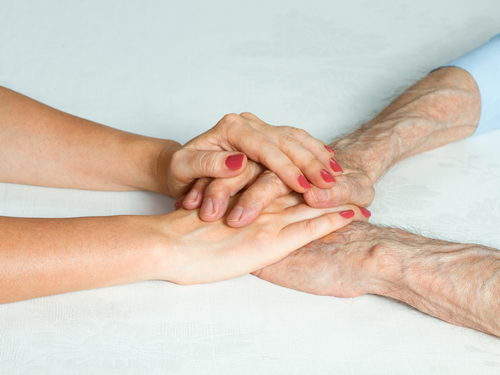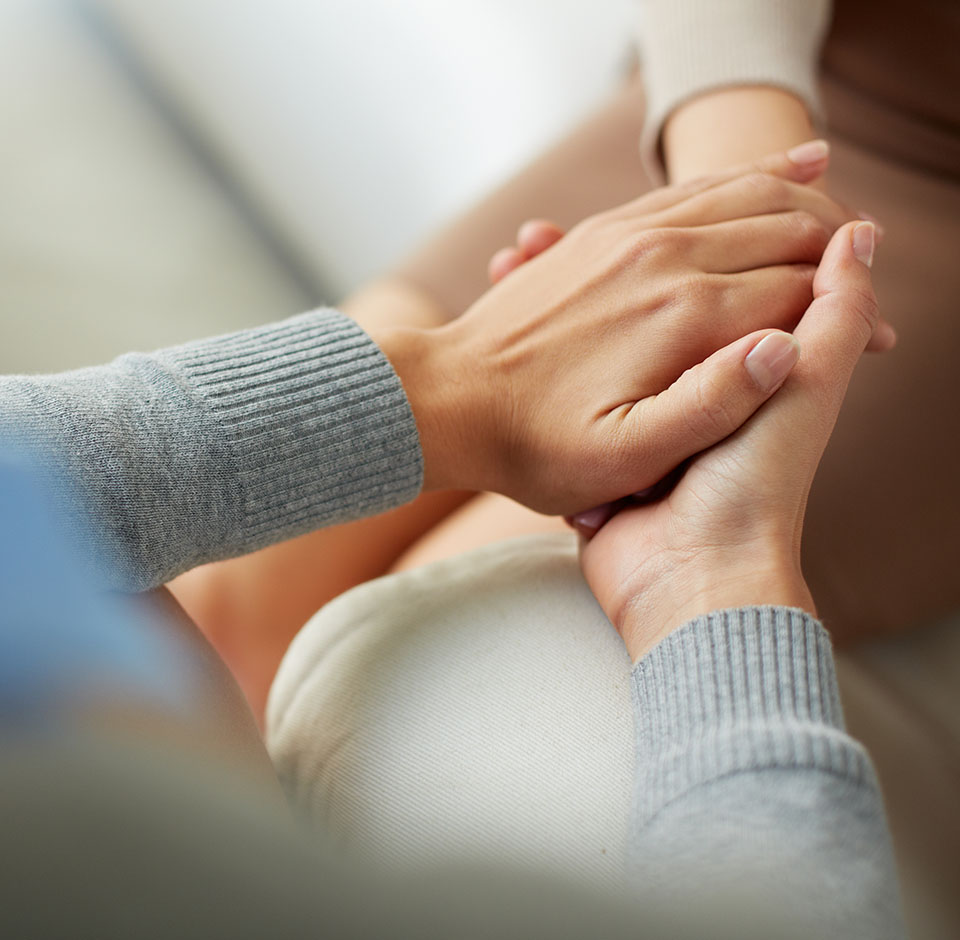Ten steps for care homes to reduce energy & water bills and cut carbon
Care homes and nursing homes face continued challenges as they adapt to the new norms of the Virus Age, not least the ever-rising costs of energy and water.
They also will need to find ways to make their businesses more sustainable as the government begins to ramp up pressure on companies to contribute to net zero targets by reducing CO2 emissions and waste.
At SaveMoneyCutCarbon, we have developed a comprehensive range of energy saving and water saving solutions that reduce carbon footprint at the same time. By following ten simple steps, care homes and nursing homes will greatly improve operating costs and demonstrate their commitment and contribution to climate protection.
Our ten steps will not cost the earth but will make a big difference to the sustainability of care homes and nursing homes in the UK.
We know from our discussions with care homes providers how much they need to contain costs and improve quality of service. On average, the UK pays some of the highest energy prices in Europe and water costs are among the highest in the world. The cost of energy has tripled in the past 20 years and the care sector should be aware that the forecast is for further big rises towards the end of this year. They are also forecast to double again in the next decade.

Lower utility bills
At the same time, the role of residential and nursing homes has changed, and the focus on quality with efficiency has never been stronger. Standard energy-saving guidelines will help to make a difference to care home utility bills and carbon emissions but to make really significant inroads into spiralling utility costs, care homes and nursing homes can use these energy and water saving tips.
There is also a significant, ongoing environmental bonus at the same time as you watch your energy and water use drop dramatically – you are helping to reduce carbon emissions.
We have proven case studies of massive savings, with no loss of quality in service, that are sustainable year on year from another sector where 24-hour use of utilities is a given – the hospitality sector. We have delivered fully managed energy and water saving initiatives with a wide range of hotels, small and large.
We have saved our hotel clients over 3 million kWh of electricity, and more than 100 million litres of water.
Ten steps to save energy and water
Step 1: Fit LED lighting. This is simply the most efficient and best light-quality solution in care homes. You can choose from a full range including popular spotlights, tubes and panels to ensure electricity savings of 85 per cent.
Step 2: For external floodlighting, fit an LED model. This delivers energy savings of 50-70%. https://www.savemoneycutcarbon.com/category/led-lighting/led-floodlights/. And for safety with ongoing savings, fit emergency lighting optimising energy efficiency and building efficiency, improving the comfort of residents and staff.
Step 4: Fit eco shower heads. Make sure you get the best quality to ensure long life and truly efficient use of water. You can cut your water usage by more than half and save energy used to heat water. Remember that there is no effect on shower quality if you choose the right model.
Step 5: Fit tap aerators. These mini-marvels, if they are the right quality, should amaze you with water savings over 50% in many cases.
Step 6: If you plan to change your taps, fit eco taps – these are the most efficient and stylish on the market.
Step 7 : Install smart radiator valves. Smart Thermostatic Radiator Valves (TRV) are a great way to reduce heating bills. Installed with ease, smart TRVs are simply a “install, set and forget” product, delivering savings of up to 30%.
Step 8: Fit eco-toilets. We have installed over a 1,000 Propelair eco-toilets, saving 17 million litres of water per month with savings of £800,000 a year. Propelair is a unique eco toilet that can reduce your water use by 84% on average, germs by 95%, and have payback periods as little as 1-3 years.
Step 9: Invest in Solar PV – Solar PV helps reduce electricity demand from the Grid, saves money, reduces carbon emissions and provides a visible statement of your commitment to fighting climate change.
Step 10: Fit EV charging solutions. The move to electric transport is unstoppable and accelerating every day. Total cost of ownership of an electric vehicle is less than internal combustion engine models, and fuels costs are cheaper tool. There is potential to generate revenues but also to provide for your electric vehicles, and as a service for visitors.

And every care home and nursing home will also be focused intently on hygiene and cleanliness in the ongoing battle against Covid-19. The virus continues to appear in new forms with the fear that one or more of them might prove resistant to the vaccines.
Nursing homes and care homes continue to manage their antimicrobial cleaning regimes along with the raft of procedures that minimise potential infections, but even the best cleaning regimes cannot provide continuous protection. The solution is Vyv antimicrobial LED light.
This harnesses a wavelength to specifically attack pathogens and creates an inhospitable environment for microbes to grow on any surface. This means that nursing homes and care homes are able to combat viruses*, bacteria, fungi, yeast, mould and mildew, working continuously 24/7 to reduce the bioburden and create a cleaner, healthier environment. Find out more.
Need help to reduce energy & water costs in your care home or nursing home?
Get in touch – call our team expert Trish Barrett
07900 938955